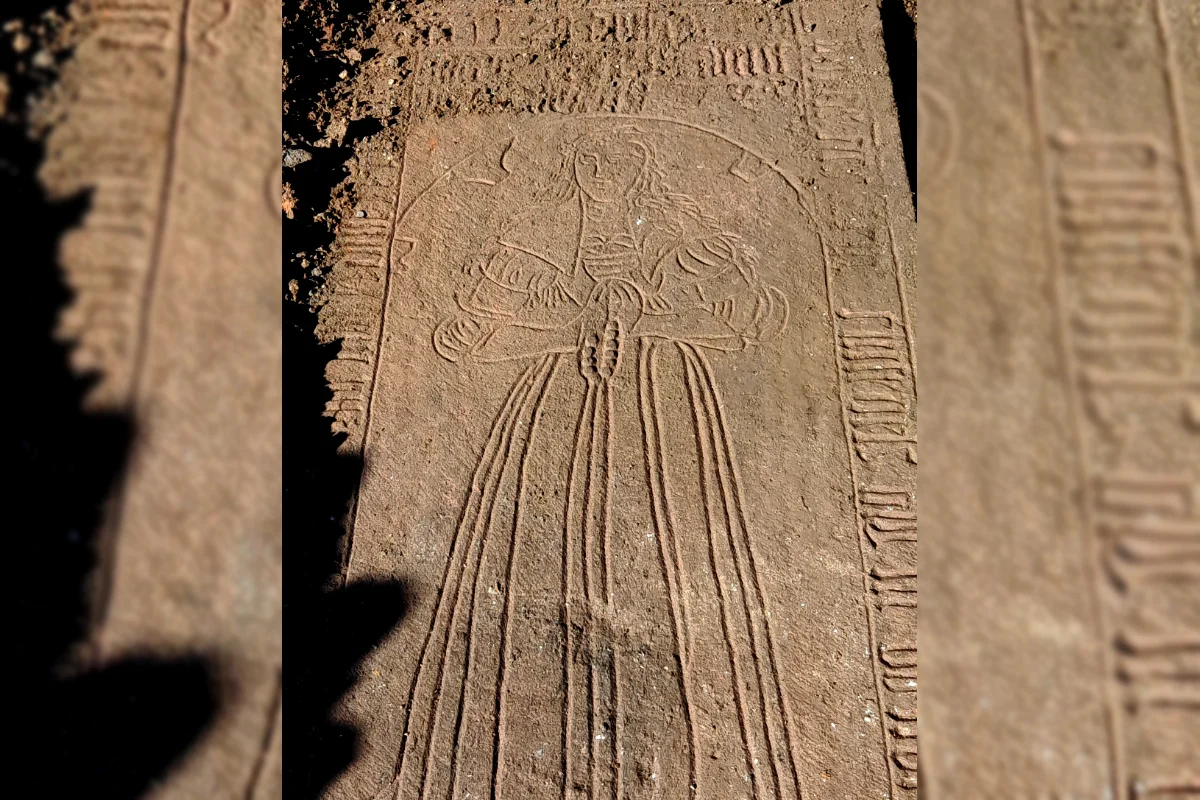Archaeologists from the State Office for Monument Preservation and Archaeology (LDA) of Saxony-Anhalt have been excavating the Himmelpforten Monastery near the town of Wernigerode, Germany.
Himmelpforten Monastery was founded in 1253 in a wooded valley at the foothills of the Harz Mountains. The site was chosen by the lower nobility von Hartesrode family for the connection to the Hermits of St. William who had previously resided nearby.
The monastery served as an important religious, cultural, and economic centre until a series of major uprisings in the 16th century known as the Peasants’ War. In 1525, the monastery was stormed and plundered by rebellious farmers and several citizens of the town of Wernigerode.
Excavations by the LDA have revealed the remains of the monastery’s church—a 40-meter-long, three-aisled pillar basilica with remarkably well-preserved stone slab and brick floors.

The cloister, which adjoined the church to the south, had three wings centred on a courtyard with flooring made from stone slabs and hexagonal brick tiles. In the west wing, the team uncovered the remains of a heating system from the 14th century which was used to direct warm air to the calefactorium.
Archaeologists also uncovered two decorated gravestones in the main church that date from the 15th and early 16th centuries. Beneath one of the gravestones is the tomb of Claudia von Königstedt, a noblewoman who died only a few years before the Peasants’ War.
Objects found during the course of the excavations include numerous fragments of stove tiles, book clasps, glass and ceramic shards, pilgrim badges, coins and metal dishes, bronze styluses for wax tablets and pressed sheet metal fittings from sacred textiles (vestments).
Header Image Credit : LDA
Sources : State Office for Monument Preservation and Archaeology (LDA) of Saxony-Anhalt





